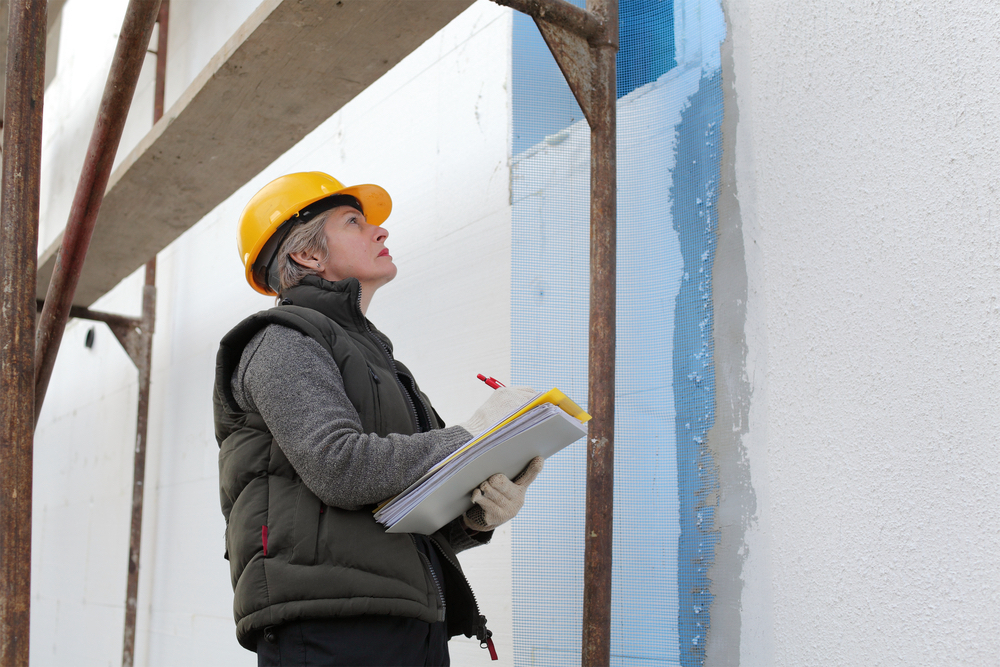California’s mechanics lien law changed significantly on July 1st, 2012. One change to the preliminary notice provisions effects those who contract directly with the property owner. These previously exempt parties must now deliver a preliminary notice.
Free Resource: Follow this link to download your copy of levelset California Mechanics Lien Guide
§8200(e)(2) of California’s new preliminary notice laws states that those “with a direct contractual relationship with an owner or reputed owner is required to give preliminary notice only to the construction lender or reputed construction lender, if any.”
This is a significant change to the mechanics lien laws that will probably go unnoticed by “direct contractors,” which is a category of constructors that includes lots of participants from handymen to huge general contracting outfits. For years, direct contracts were not required to deliver a preliminary notice to preserve their mechanics lien rights. Current law in California, however, makes the reverse true.
Direct Contractors in California Must Deliver Preliminary Notice to the Lender
As per the quote of California Civil Code §8200, direct contractors must now furnish preliminary notice to the construction lender. This requirement only applies if there is a construction lender on the project. If there is a lender, the lender must receive the notice. If there isn’t a lender, the direct contractor doesn’t have a notice requirement.
What is a “construction lender?”
§ 8006. “Construction lender” means either of the following: (a) A mortgagee or beneficiary under a deed of trust lending funds with which the cost of all or part of a work of improvement is to be paid, or the assignee or successor in interest of the mortgagee or beneficiary. (b) An escrow holder or other person holding funds provided by an owner, lender, or another person as a fund for with which the cost of all or part of a work of improvement is to be paid.
The key thing to remember is that a regular mortgage on the property is not a “construction lender,” and direct contractors (nor any other project participants) are required to give notice to standard mortgages on the property. A lender only qualifies as a “construction lender” if they are contributed some funds to the work of improvement itself.
So, if a homeowner remodels their kitchen, and they pay for it with their own savings, they will not have a “construction lender” even though the home may have a mortgage on it. However, if that same homeowner took out a loan for that remodel, or incorporates the remodel into some refinancing agreement with the original mortgage, then a construction lender does likely exist and preliminary notice is required.
How To Prepare and Deliver The California Preliminary Notice
Since you’re a direct contractor, you may never have delivered a California preliminary notice in the past. It’s time to learn. The bad news is that you must be careful. The good news is that it’s a rather simple process, and you can even outsource the work.
First, you need the form. Fill out the form in as much detail as possible. If you don’t know who the lender is, you are entitled to get that information from the property owner. Ask for it.
Second, you need to send the notice for delivery. You should send the notice certified mail. Since you must later prove that you sent the notice, and that the notice delivered, it’s a good idea to draft an Affidavit of Mailing or Affidavit of Service making note of exactly when, how, and who sent the parcel. Keep track of the mailing, make sure it is delivered, and then record evidence of that delivery from the USPS.



